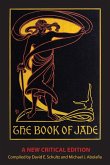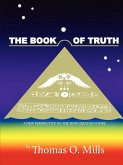This book delves into the intriguing possibility that the Vedic deity Soma has its roots in the ancient Indus Valley Civilization, which thrived from 2500 BCE to 1900 BCE and is also known as the Harappan Civilization. The central argument posits that the Indus Valley Civilization, through its cultural and religious influences, indirectly shaped the concept of Soma and, consequently, left a lasting impact on Tantric texts and practices within Hinduism. The research begins with an exploration of the theoretical positions presented by eminent scholars who have attempted to identify a yogic, horned figure on what is commonly referred to as seal 420 from the Harappan Civilization. Notably, previous scholars have often overlooked the subsequent influence of this figure on the development of Hinduism.







